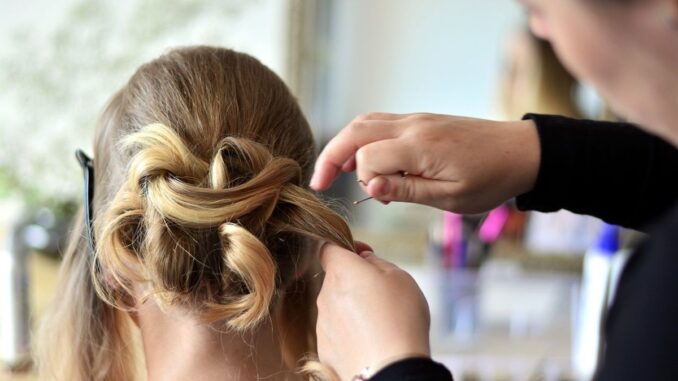
A receding hairline can be an upsetting experience for both men and women, affecting self-esteem and confidence. However, with advancements in medical science and a variety of treatment options available, there are numerous ways to address and manage this common issue. Here’s an in-depth look at your options if your hairline is receding.
Understanding the Causes of a Receding Hairline
Before exploring treatment options, it’s important to understand the common causes of a receding hairline:
- Genetics: Known as androgenetic alopecia, hereditary hair loss is the most common cause of a receding hairline.
- Hormonal Changes: Hormonal fluctuations, particularly an increase in dihydrotestosterone (DHT), can contribute to hair thinning.
- Age: As people age, hair growth slows, and hair follicles may shrink, leading to hair loss.
- Stress and Lifestyle: High-stress levels, poor diet and lack of sleep can exacerbate losing hair.
- Medical Conditions: Conditions such as autoimmune diseases and scalp infections can affect hair health.
Non-Medical Interventions
- Hairstyling Techniques
- Change Your Part: Switching the part in your hair can disguise thinning areas and create the appearance of more volume.
- Shorter Cuts: Shorter hairstyles can make thinning less noticeable by minimising the contrast between the hair and the scalp.
- Use of Hair Products: Volumizing shampoos, conditioners and styling products can give the illusion of fuller hair.
- Wigs and Hairpieces
- Wigs: High-quality wigs can instantly provide a full hair head and are available in various styles and colours.
- Hairpieces: Toppers and hair extensions can add volume and coverage to thinning areas without the need for a full wig.
Medical Treatments
- Medications
- Minoxidil (Rogaine): An over-the-counter treatment that can stimulate hair growth and slow hair loss. You apply it directly to the scalp and can be used by both men and women.
- Finasteride (Propecia): A prescription oral medication for men that reduces DHT levels, which can help prevent further hair loss and promote regrowth.
- Platelet-Rich Plasma (PRP) Therapy
This therapy involves drawing a small amount of blood from the patient, and then processing it to concentrate the platelets. The patient then injects the therapy into the scalp. The growth factors can stimulate hair growth and improve hair density.
Surgical Options
- Hair Transplant Surgery
- Follicular Unit Transplantation (FUT): This technique of ladies hair transplant involves removing a strip of scalp from the back of the head. It is then dissected into individual follicular units and transplanted to the thinning areas.
- Follicular Unit Extraction (FUE): This method involves removing individual hair follicles from the donor area and transplanting them to the receding hairline. It’s less invasive than FUT and leaves minimal scarring.
- Scalp Reduction
Scalp reduction is a surgical procedure where balding scalp areas are removed, and the hair-bearing scalp is stretched to cover the bald areas. It’s less commonly used due to the availability of more advanced techniques like hair transplants.
A receding hairline is a common concern, but with a vast array of treatments available, from lifestyle changes and non-medical interventions to advanced medical treatments and surgeries, there are many ways to address and manage this condition. Consulting with a dermatologist or hair specialist is crucial to determine the best course of action based on your needs and requirements and the underlying cause of your hair loss. You can effectively tackle a receding hairline and restore your confidence with the right approach and attitude.
Image by congerdesign from Pixabay



Be the first to comment